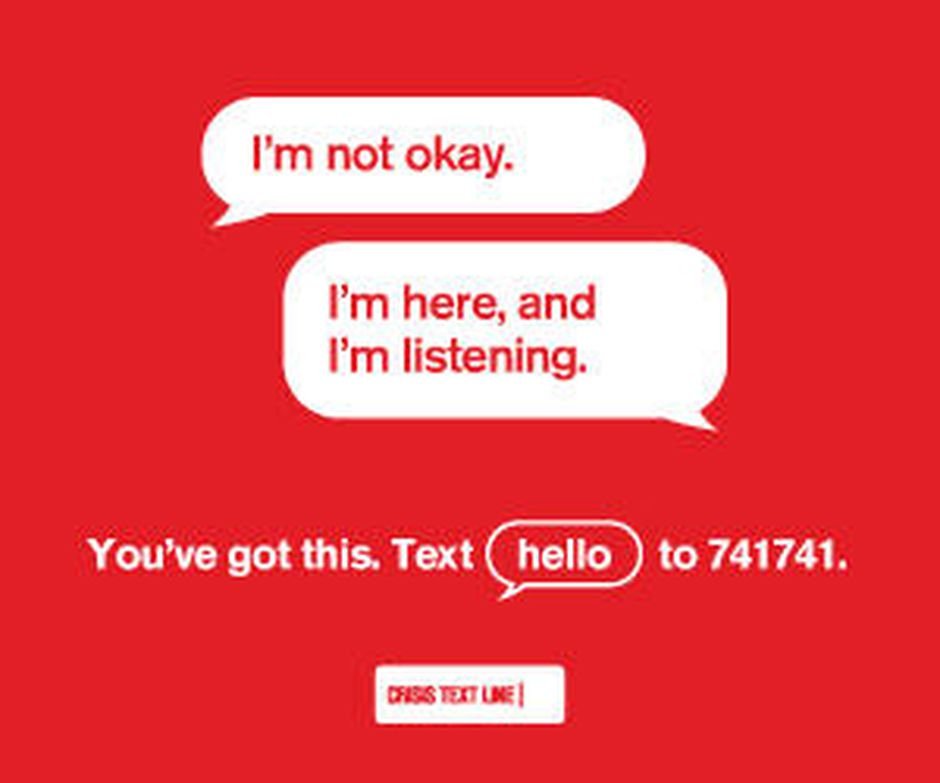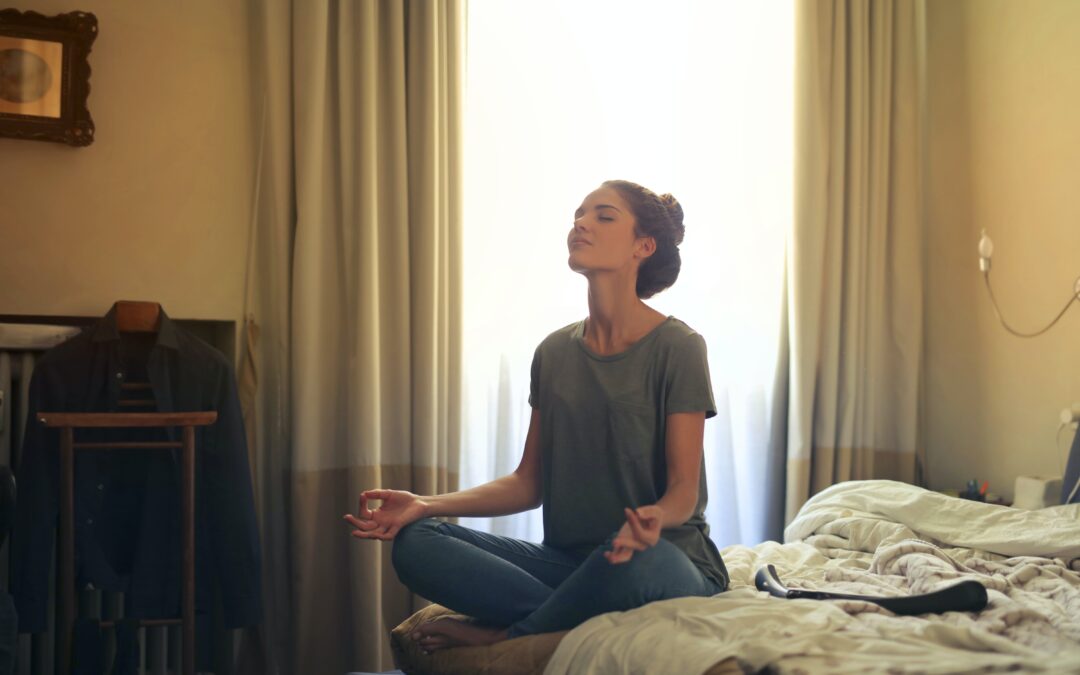“Anger is a tragic distortion of an unmet need”
Marshall Rosenberg’s famous maxim is meant to remind us of the cost associated with using violence to meet our needs. Violence can come in the form of resistance, avoidance, aggression, coercion and even verbal and physical violence and abuse. While anger has its role to play in our lives it’s effectiveness as a form of inter- and intra- personal motivation grafts an unnecessary layer of violence onto a need-meeting strategy that has simply been distorted. It clouds our judgement and often makes the complex constructs of trust, gratitude and ultimately acceptance too slippery to get a hold of. Like a blurry eyed drunk at the end of the night we fiddle with our keys in the lock, unable to lock down what we’re reaching for or fully grasping the troubles in front of us.

Before practicing the following exercise take a moment to read the full instructions.
-
Place one hand around your wrist or forearm, gently wrapping your fingers around the full circle of your limb.
-
Ground yourself here, noticing the full complexity of the sensation. Consider the edges of your own touch, notice the roughness or softness of your skin and hair, the texture of your body and the coolness or warmth of your own presence as you experience the full imminentness of your own touch.
-
Separate out in your mind the sensations of your arm, contrasting them with the feelings in your hand. Notice how the two intertangle, forming a complex construct in your mind, slippery and intertwined within itself.
-
Gradually, increase the pressure in your hand, tightening your grasp slowly. Experience the tension in your hand as your dig firmly into your arm. Notice the weight and pressure in your arm, contrasted with the tension in your tightening fist.
-
Relax and tense both your hand and your arm, gradually increasing and decreasing the firmness, the tension, the pressure. Embrace the felt sense of tension contrasted with relief.
-
Finally squeeze your hand as tightly as you dare, digging your fingers deep into the soft flesh of your arm. Press as hard as you care to, seeking to find that specific moment when the sense of pressure gives way to pain and the specter of harm, even light bruising or tissue damage. Of course be mindful to care for yourself here, noting any sense of urgency or aggression with patience and kindness.
You may notice a sense of thrill, even exhilaration as you wield the oppressive force of your own aggression. Know that this is perfectly normal and valid, a shade of the aggression that leads to self-criticism, anger, violence and even self-harm. If this exercise brings up feelings of self-harm or thoughts of self-injurious behaviors offer yourself permission to compassionately turn towards those thoughts, acknowledging them for who they are while remembering what they are- just thoughts. They have no more control over you and your actions than the memory of your childhood phone number or your opinion about the cast of F*R*I*E*N*D*S. If you feel the thoughts becoming overwhelming know that you may leave the exercise at any time-
-
seek comfort or distraction from media or activity
-
or love and support from family and friends
-
or professional guidance from your local crisis hotline.
Notice the forces at work as your fingers dig into your skin, alerting your mind to possible harm. You can feel your hand using the touch sensors on your arm even as your fingers lay limply across it. With time the immediacy of that sensation gently fades away until called back up to the forefront of your mind as you chose to rest your focus again on the felt sense of your own touch. Then, as the pressure increases, more and more nerve endings fire in clusters, eventually alerting you to the possible danger, imminent in your increasing aggression against your own skin. You may imagine a dial within your own mind, like a bathroom scale rolling upwards to measure the force of your crushing finger pads, before eventually making their way to the right side of the dial, the red zone that comes bundled with pain, increasingly signaling that risk of danger ahead. But how accurate is this conceptualizing of sensation, how do we actually feel pressure and pain?

I’ve pointed out before that the notion of The Five Senses is something of a rounding error, an insistence that we can group and categorize our bodies’ physical experiences into 5 absurdly broad categories. But as we study our own sensations and learn more about our bodies’ functioning, a greater complexity begins to reveal itself. With a keen eye and clear mind we learn that the body’s natural sensors come in incalculable varieties, alerting our brain with a million tiny pixels of a picture readily reconstructed in our mind. With a little insight we can take an active role in deciphering that picture, temporarily wrestling control back from our Default Mode Network as our own insights and will play out across our own self-image and sensation.
In point of fact, your touch sensors don’t really experience pain, no matter how much pressure you apply. Instead, your touch sensors alert you to a localized experience of pressure, while your pain sensors arouse you to a general experience of red alert. While it might make a certain kind of sense to take all of these sensory data together, like a bar graph compiling the sheer number of activated senses into a gauge approaching a certain threshold, I think there’s value in separating these things out.
Instead, consider your pain like a klaxon calling you to battle stations. Imagine all those movie scenes where the captain calls for red alert, the lights are lowered and a series of flashes and sirens call you to attention. Then think about that for a second- why would the bridge of a battleship be dark and loud during the heat of battle? The warning bells may alert us to the fact that there’s an issue, but all that added noise and drama does little to prepare us for the challenge of meeting our own needs. Instead, it distracts us from the challenge of getting to work reading the pressure sensor reports and figuring out both where the pain is and what to do with it.
Anger then alerts us to the fact that a need isn’t getting met- like a flicker of pain or a resounding siren it informs us that we need to get to work. But it doesn’t help us do our duties. It doesn’t inform us of our needs, nor aid us in meeting them. Instead, it calls us to action and then, if we let it, serves only to get in the way of that action. The challenge then is not to avoid anger, to learn how to manage it or to delete it from our experience. Instead it’s to notice that anger, to thank it for alerting us to the problem, and then to let it go, getting on to the task of identifying the unmet need and taking steps to meet it.
There are innumerable strategies for doing that and countless tools for completing the task. Tara Brach’s U-turn technique encourages us to stop resisting our anger and instead turn towards it for better understanding. The MSC Self-Compassion Break empowers us to accept our suffering, contextualizing it as part of our common humanity and setting our intentions to treat it and ourselves with kindness. The Nonviolent Communication List of Universal Human Needs encourages us to better understand our own needs, and to identify those that might not be getting met appropriately. None of these things will serve to ‘fix’ the problem, but can empower us to turn off the red alert sirens, to let go of our attachment to pain and to tend to our needs without violence towards ourselves or others.
Mentioned Resources-
-
How We Communicate with Ourselves – Session #2 – Nonviolent Communication Training – Marshall Rosenberg
-
Pain and Disability: Clinical, Behavioral, and Public Policy Perspectives
-
Red Alert from TvTropes
-
KNOW YOUR BRAIN: DEFAULT MODE NETWORK from NEUROSCIENTIFICALLY CHALLENGED
-
Nonviolent Communication: A Language of Life: Life-Changing Tools for Healthy Relationships by Marshall Rosenberg
-
Radical Acceptance: Awakening the Love That Heals Fear and Shame by Tara Brach
-
Self-Compassion: The Proven Power of Being Kind to Yourself by Kristin Neff
-
The High-Conflict Couple: A Dialectical Behavior Therapy Guide to Finding Peace, Intimacy, and Validation by Alan E. Fruzzetti




